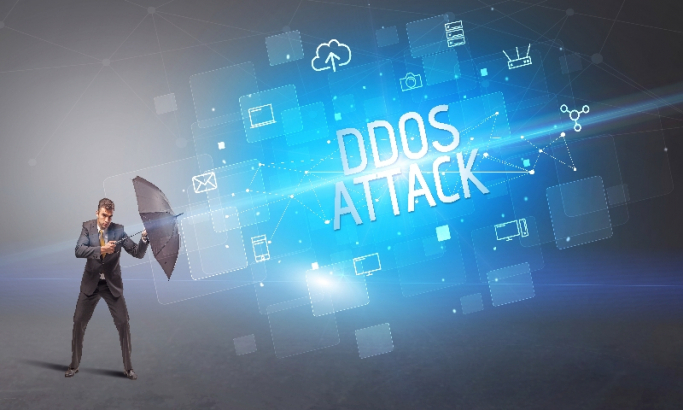
The BACnet (Building Automation and Control Networks) communications protocol is a standardised, open protocol developed by ASHRAE (American Society of Heating, Refrigerating and Air-Conditioning Engineers Inc) designed for smart building management. Its main advantage is the ease with which it enables communication between different devices and systems from various brands.
This article provides a technical analysis of the BACnet protocol, explaining its technical concepts, new features and advantages in industrial environments, and how it has evolved to meet today's cybersecurity requirements.

Today, one of the most critical, but least known, procedures in industrial security is the secure development. This article gathers all the best practices for the creation of specific applications and equipment for industrial environments in a secure manner. Security aspects that must take into account both the work done during the design (confidentiality of the company and customers, workers' security...), and the security that the designed product itself must present throughout its life cycle (vulnerability management, access control, input/output management...).
The aim of this article is to address the good practices of secure development, from the perspective of industrial cybersecurity. Although traditional best practices can be applicable to these environments, the fundamental aspects of safety and availability generate different approaches, mainly in aspects related to memory and resource management, update and patch management cycles, etc.

This article aims to present a brief example guide for an implementation of the new standard in a supplier's facilities.
Going through the critical points of the standard, a generic use case will be followed to exemplify how a vehicle manufacturer can adapt its processes to comply with the new standard in an efficient and effective way.
By presenting an overview of the standard and production processes, the aim is to provide a brief guide to serve as a starting point and help avoid common failures in industrial environments when faced with new regulations, such as redundancy of effort, inefficiency in resource management and deficiencies in the application of safety measures.

Organizations face the constant challenge of adopting new security strategies, such as the Zero Trust model, which operates under the premise of "never trust, always verify." This change is crucial especially in cloud environments, where identity and resource access management is more complex. In particular, the Secure Web Gateway (SWG) is a key system, which focuses on controlling user access to the web, protecting against web-based threats, and enforcing security policies. It acts as an intermediary between users and the internet, filtering and inspecting web traffic to ensure it meets the organization's security requirements.
However, implementing and managing SWGs presents significant challenges, such as integration with existing infrastructures, managing complexity, and scalability. These challenges require meticulous attention to ensure effective and efficient protection in the changing cybersecurity landscape. This article explores the purpose and function of SWGs, as well as their architecture, their ability to protect against cyber threats, and best practices for their implementation.

In the field of cybersecurity, CASB systems play a crucial role in providing an additional layer of protection for cloud applications. This approach prevents threats, detects malware, and ensures privacy in a digital environment, thereby addressing the growing need for data protection.
This article explores how CASB systems work, their key applications, and their benefits in terms of security and privacy, ensuring that applications operate by protecting data in cloud environments and maintaining fine-grained control over cloud operations. From vendor assessment to malicious behavior detection, its versatility extends, offering benefits such as risk mitigation and improved cloud security.

There are currently many standards and regulations in the industrial sector. A wide variety of them allow industrial organizations to check their level of maturity, such as IEC 62443, or to improve the security level of the organization through the application of a series of guidelines, good practices or guides, as in the case of the NIST Framework.
Given the growth of the industrial sector, and the increase in capabilities, both in production and connectivity, thanks to the consolidation of Industry 4.0 and the emergence of Industry 5.0, industrial environments are in the focus, not only of technological improvements, but also of cyber-attacks.
The application and implementation of the IEC 62443 family, in combination with the NIST Framework, will enable organizations to reduce, mitigate and control the possibility of suffering a cyber-attack by implementing the controls and best practices defined in both standards.

UMAS (Unified Messaging Application Services) is a Schneider Electric (SE) proprietary protocol used to configure and monitor Schneider Electric programmable logic controllers (PLCs). While it is true that the protocol is related to this manufacturer, the use of the protocol is quite widespread in different sectors, especially the energy sector, as is obvious.
The article will focus on the technical breakdown of the protocol and the use of the protocol. The article will also show weaknesses, strengths and some technical vulnerabilities detected in this protocol.

This post presents some lines of action that should be followed to deal with a DrDoS cyberattack based on the PortMapper protocol, describing in detail the prevention, identification and response phases to follow.

This post presents some lines of action that should be followed to deal with a DrDoS cyberattack based on the LDAP protocol, describing in detail the prevention, identification and response phases to follow.

This post presents some lines of action that should be followed to deal with a DrDoS cyberattack based on the QOTD protocol, describing in detail the prevention, identification and response phases to follow.



